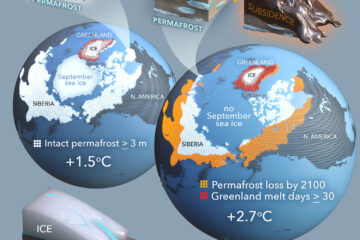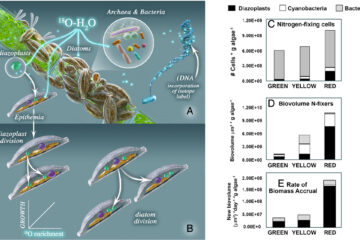Legacy effects of drought in the southwestern United States: A multi-species synthesis
Understanding impacts of drought on tree growth and forest health is of major concern given projected climate change. Droughts may become more common in the Southwest due to extreme temperatures that will drive increased evapotranspiration and lower soil moisture, in combination with uncertain precipitation changes. Utilizing ~1.3 million tree-ring widths from the International Tree Ring Data Bank representing 10 species (eight conifers, two oaks) in the Southwest, we evaluated the effects of drought on tree growth. We categorized ring widths by formation year in relation to drought (pre-drought, drought year, and post-drought), and we used a mixed-effects model to estimate the effects of current and antecedent precipitation and temperature on tree growth during the post-drought recovery period. This allowed us to assess changes in sensitivity of tree growth to precipitation and temperature at multiple timescales following multiple droughts, and to evaluate drought resistance and recovery in these species. The effects of precipitation and temperature on ring widths following drought varied among species and time since drought. Across species, 16% of the climate effects (i.e., “sensitivities”) were significantly different from their pre-drought values. Species differed, with some showing increased sensitivities to precipitation and temperature following drought, and others showing decreased sensitivities. Furthermore, some species (e.g., Abies concolor and Pinus ponderosa) showed low resistance and slow recovery, with changes in growth sensitivities persisting up to 5 yr; others (e.g., Juniper spp.) showed high resistance, such that their climatic sensitivities did not change. Among species, the importance of different antecedent climate variables changed with time since drought. Though a majority of species responded positively to same-year precipitation pre-drought, all 10 species were positively affected by same-year precipitation the second year after drought. Our results demonstrate tree growth sensitivities vary among species and with time since drought, raising questions about physiological mechanisms and implications for forest health under future drought.


